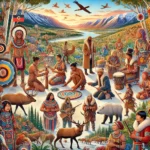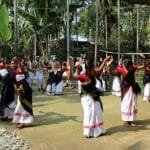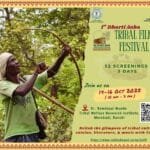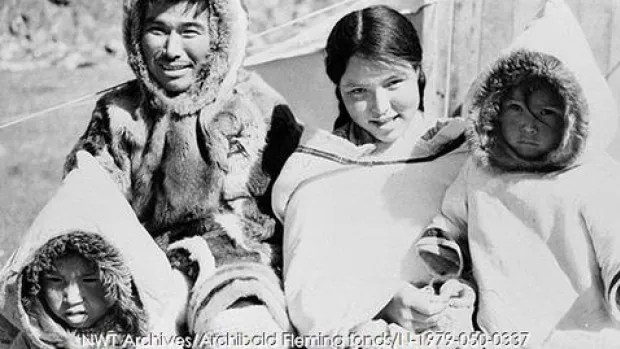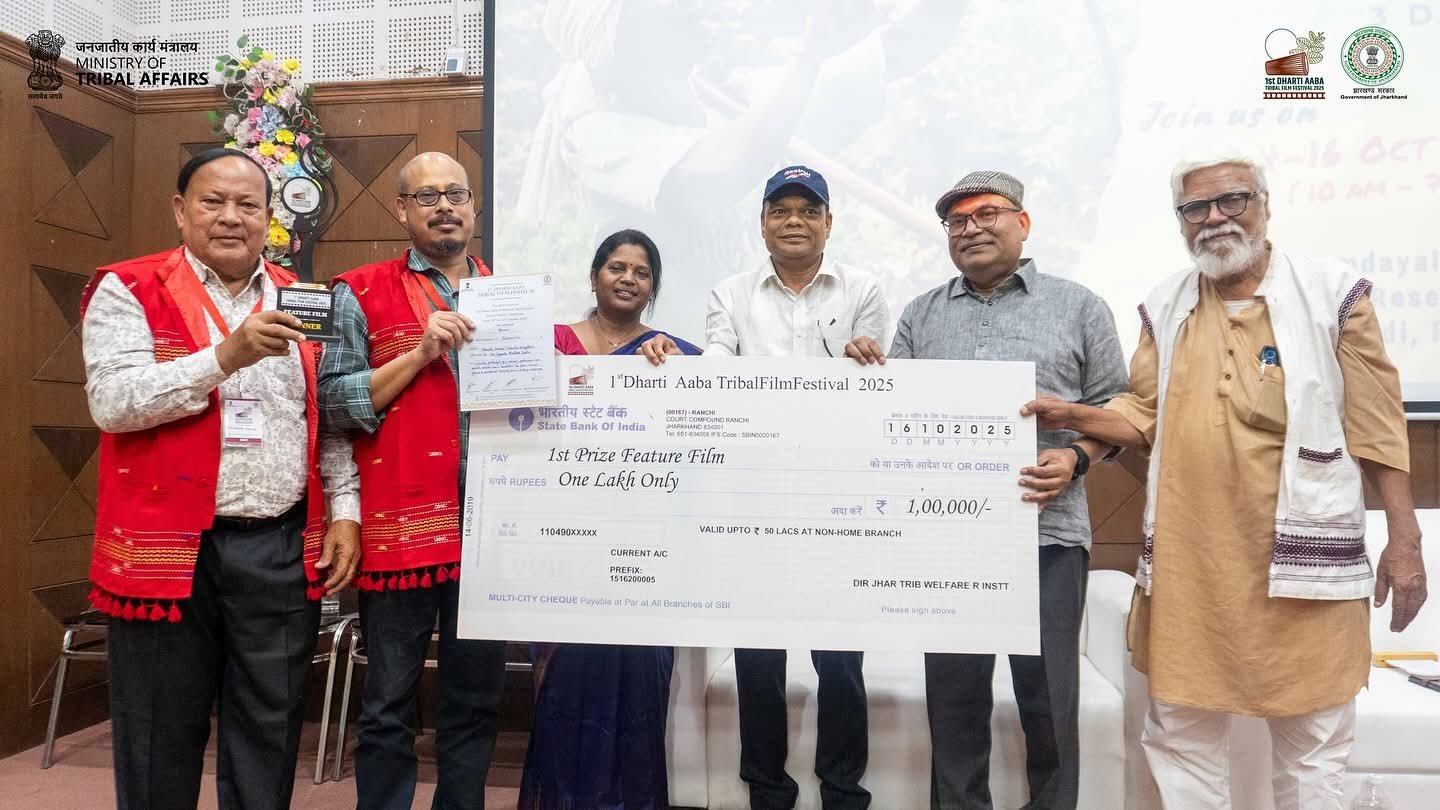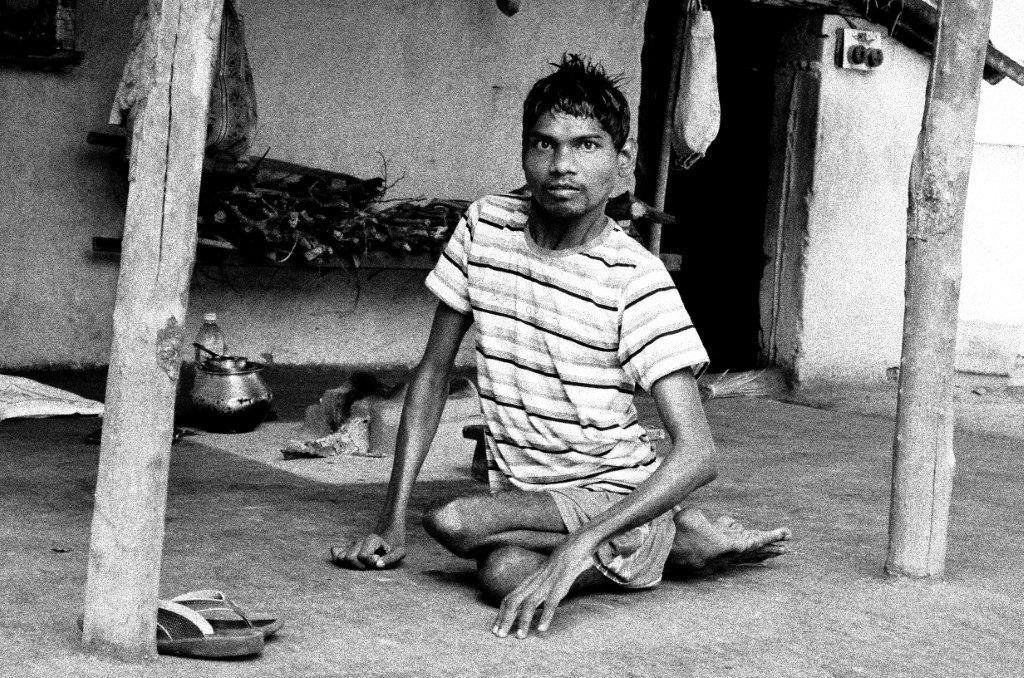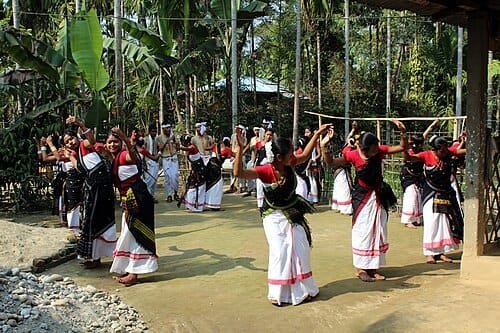The Inuit people, Indigenous to the Arctic regions of Canada, Greenland, and parts of Alaska, have a rich and resilient culture shaped by thousands of years of survival in extreme environments. However, for much of history, they have faced colonial exploitation, cultural suppression, and misrepresentation. One of the most important steps outsiders can take to respect the Inuit is understanding their identity, history, and the impact of certain terms—especially the word “Eskimo”, which many find offensive.
Why the Term “Eskimo” Is Offensive
For generations, non-Inuit people have used the term “Eskimo” to describe various Arctic Indigenous groups, but the term is neither self-chosen nor culturally accurate. It has been associated with colonialism and outdated stereotypes. Although its exact origin is debated, one popular (though disputed) theory is that it comes from an Algonquian term meaning “eaters of raw meat”, which was historically used in a derogatory way.
Inuit people prefer the name “Inuit”, which means “the people” in their own language, Inuktitut. In Canada and Greenland, “Inuit” is the official and culturally appropriate term. In Alaska and Siberia, there are Indigenous Arctic groups, such as the Yupik, who are not Inuit but are sometimes still referred to as “Eskimo.” While some Alaskan groups may still use “Eskimo” for themselves, in general, the term is falling out of favor worldwide.
Historical Struggles and Cultural Suppression
For centuries, Inuit communities have endured colonial rule, forced relocations, and government policies aimed at erasing their traditions. Some key historical injustices include:
- Residential Schools: Inuit children in Canada were taken from their families and forced into boarding schools that stripped them of their language and culture.
- Forced Settlement: Traditionally, the Inuit lived a nomadic lifestyle, moving with the seasons. Governments forced them into permanent settlements, disrupting their way of life.
- Sled Dog Killings: In the mid-20th century, Canadian authorities killed thousands of Inuit sled dogs, which were crucial for transportation and survival, forcing Inuit dependence on government aid.
- Loss of Language and Identity: Colonization led to the erosion of the Inuktitut language, though modern efforts are working toward its revitalization.
How Outsiders Can Show Respect to Inuit People
To honor the Inuit and avoid causing offense, outsiders should take the following steps:
- Use the Correct Name – Always refer to them as Inuit (plural) or Inuk (singular), not “Eskimo.” If speaking about Alaskan or Siberian Indigenous peoples, use their specific names, like Yupik or Iñupiat.
- Learn About Their Culture – Inuit traditions, such as throat singing, storytelling, and subsistence hunting, are rich and diverse. Learning about these traditions fosters respect.
- Avoid Stereotypes – Many outsiders have misconceptions about the Inuit, imagining them only as igloo-dwelling hunters. While traditional practices remain important, Inuit people today live modern lives while preserving their heritage.
- Respect Their Land and Rights – Inuit communities are deeply connected to their environment, and climate change disproportionately affects them. Supporting Inuit-led conservation efforts is a way to show solidarity.
- Listen to Inuit Voices – Indigenous people should be the primary storytellers of their own experiences. Support Inuit artists, writers, and activists who are working to preserve and promote their culture.
A Future of Recognition and Respect
As awareness grows about Indigenous rights and history, it is essential for outsiders to approach Inuit culture with curiosity, humility, and respect. Words matter, and using the right terminology is a simple but powerful way to honor Inuit identity. By learning from the past and valuing Inuit voices today, we contribute to a future of mutual respect and cultural appreciation.

